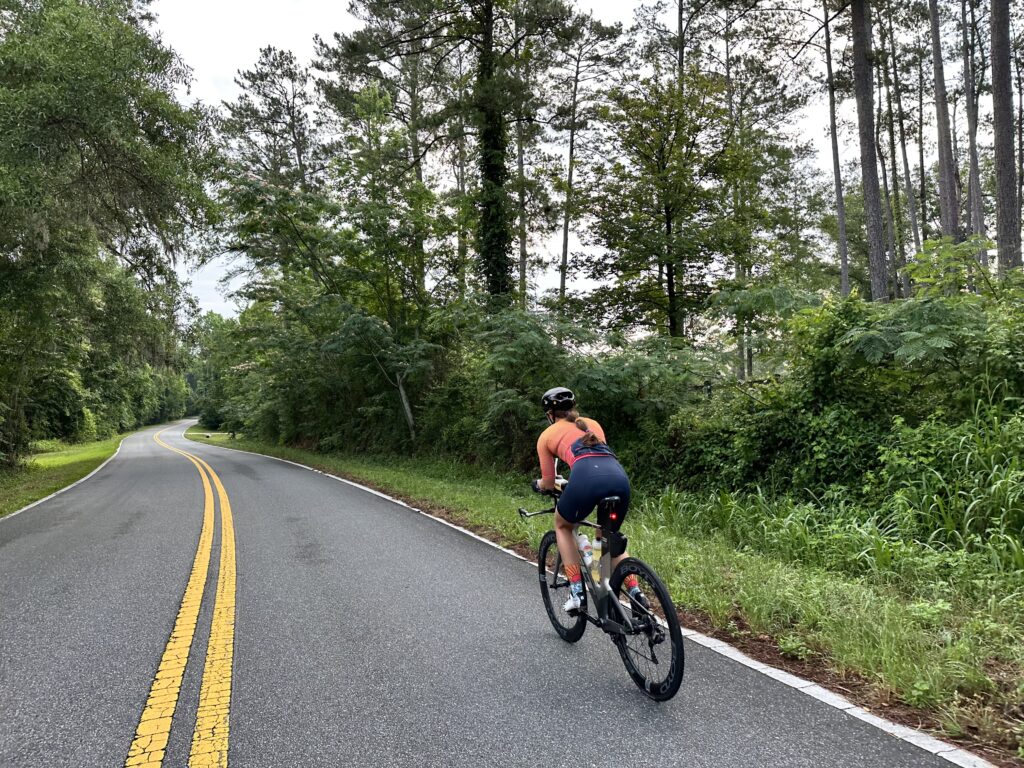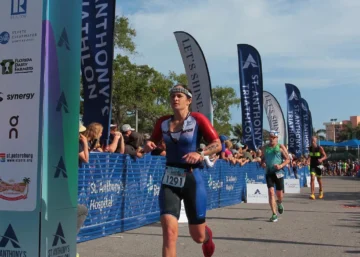
This post is the second of an eight-part column that will appear on IRONMAN.com about my upcoming journey to IRONMAN Florida!
I’m a creature of habit and love having a schedule. When I open my training app and see a week’s worth of workouts planned, it’s like unwrapping a present on Christmas morning.
Specific workouts vary depending on the race I’m training for, but this is what a typical week looks like.
- Monday: Swim or day off
- Tuesday: Bike/run
- Wednesday: Swim/strength or run/swim
- Thursday: Bike/run
- Friday: Swim/strength
- Saturday: Long bike
- Sunday: Long run
When I start making the transition from IRONMAN 70.3 to IRONMAN training, my core schedule won’t change much, but there will be more flexibility built in to accommodate longer workouts. My coach might add an extra day of swimming or a stand-alone run, but most of the increase in volume will happen over the weekend.
To learn more about the process, I spoke with my coaches, Jeff and Annie Bowman of Rev Tri Coaching, as well as my friend Mark Saroni of Paragon Training to get some insight.
“Depending on the athlete, sometimes as we get further into training we have to break the long run into a morning run and an evening run on the same day,” Annie says. “There’s a benefit to the double run day, because it creates added fatigue.”
This is a strategy she also uses with athletes who have limiters when it comes to long distance running—things like being prone to injury, work demands, or family commitments.
Click here to read more on IRONMAN.com.
Click here to read Part 1: The Journey Begins


